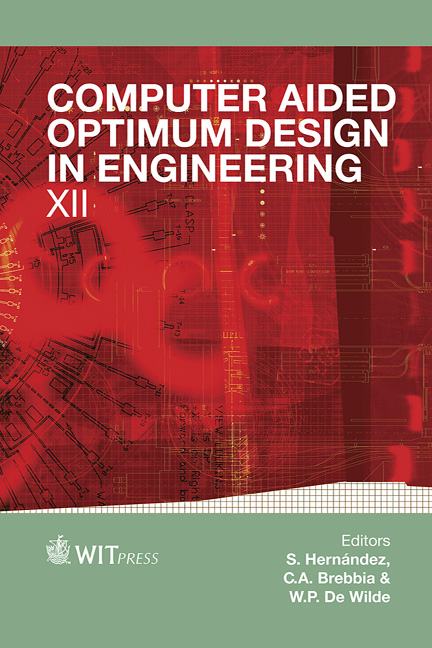Optimization Of The Underground Gas Storage In Different Rock Environments
Price
Free (open access)
Transaction
Volume
125
Pages
12
Page Range
15 - 26
Published
2012
Size
494 kb
Paper DOI
10.2495/OP120021
Copyright
WIT Press
Author(s)
S. Kravanja & B. Žlender
Abstract
This paper presents the cost optimization of underground gas storage (UGS), designed from lined rock caverns (LRC). The optimization is performed by the non-linear programming (NLP) approach in different rock environments. For this purpose, the NLP optimization model OPTUGS was developed. The model comprises the cost objective function, which is subjected to geomechanical and design constraints. The optimization proposed is to be performed for the phase of the conceptual design. A numerical example at the end of the paper demonstrates the efficiency of the introduced optimization approach. Keywords: underground gas storage, UGS, lined rock cavern, LRC, rock mass rating, RMR, optimization, non-linear programming, NLP. 1 Introduction This paper deals with the optimization of the investment and operational costs of the underground gas storage (UGS), designed from lined rock caverns (LRC) [1–3]. The optimization is performed by the non-linear programming (NLP) approach. For this purpose, the NLP optimization model is developed. Since the optimization is proposed to be performed for the phase of the conceptual design, only some basic conditions are defined in the optimization model in order to assure enough strength safety of the rock mass and impermeability of the cavern wall and steel lining. The latter is achieved by the limitation of steel lining and concrete wall stains. Since there exist various rock masses with enough strength to support the UGS, the optimization of the UGS is proposed to be calculated in different rock environments. For this purpose, a rock mass classification – the so called rock mass rating (RMR) system is used.
Keywords
underground gas storage, UGS, lined rock cavern, LRC, rock mass rating, RMR, optimization, non-linear programming, NLP.





